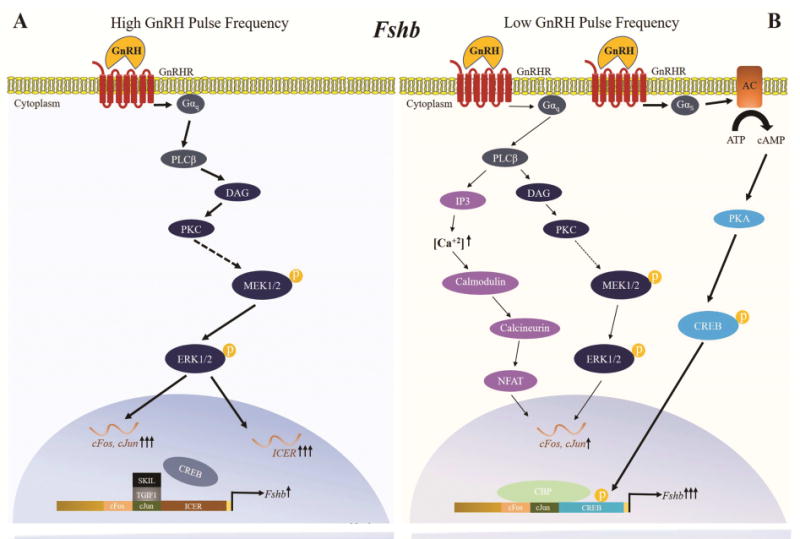Figure 2. Proposed model of regulation of Fshb transcription by pulsatile GnRH.

High and low GnRH pulse frequencies stimulate different signaling pathways that mediate the synthesis of transcription factors and repressors controlling Fshb transcription. A) At a high GnRH pulse frequency, the GnRHR preferentially couples to Gαq/11 proteins, activating the PKC/MAPK pathway. This pathway stimulates ICER expression and synthesis. ICER attenuates GnRH stimulation of Fshb expression by antagonizing the binding of CREB to the Fshb CRE-AP1 site. SKIL and TGIF1 are also induced at high GnRH pulse frequencies and also bind to the Fshb gene promoter to prevent any potential action of cFos and cJun. B) At a low GnRH pulse frequency, the GnRHR preferentially couples to Gαs protein, activating the cAMP/PKA/CREB pathway (indicated by bold arrows). The phosphorylated CREB protein binds to the homologous CRE-AP1 site of the Fshb promoter and recruits the histone acetyltransferase CREB-binding protein (CBP), stimulating Fshb transcription. PKC/MAPK and Calcineurin/NFAT pathways are also activated, but to a lesser extent. They contribute to induction of Fshb transcription by stimulating cFos and cJun expression.
